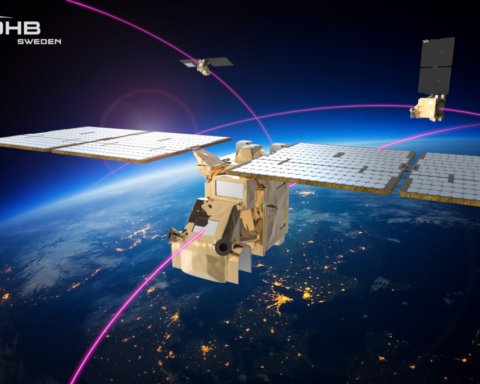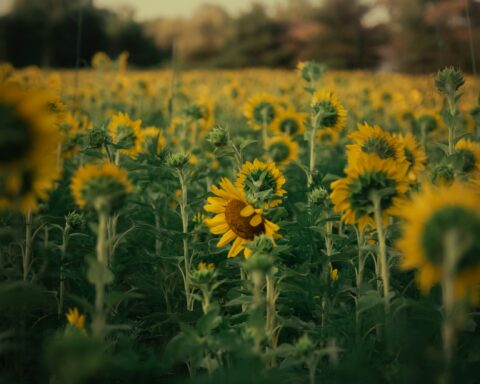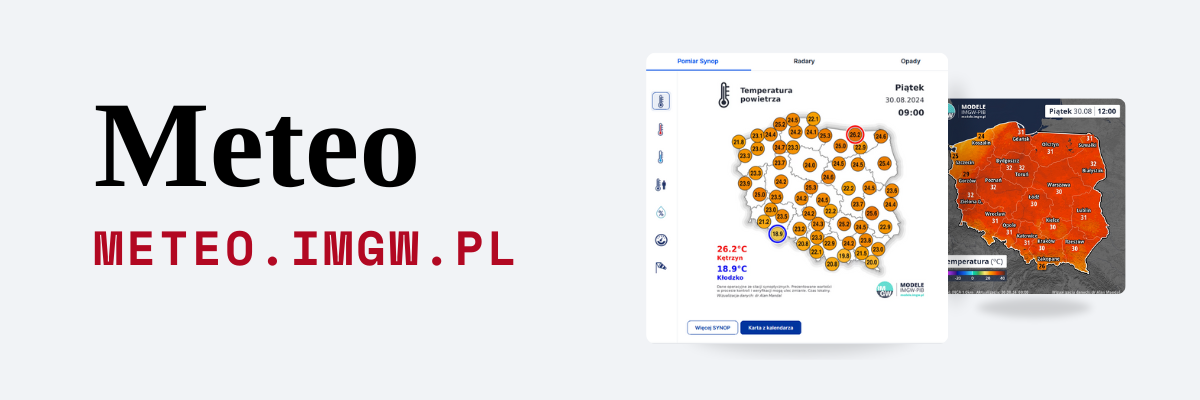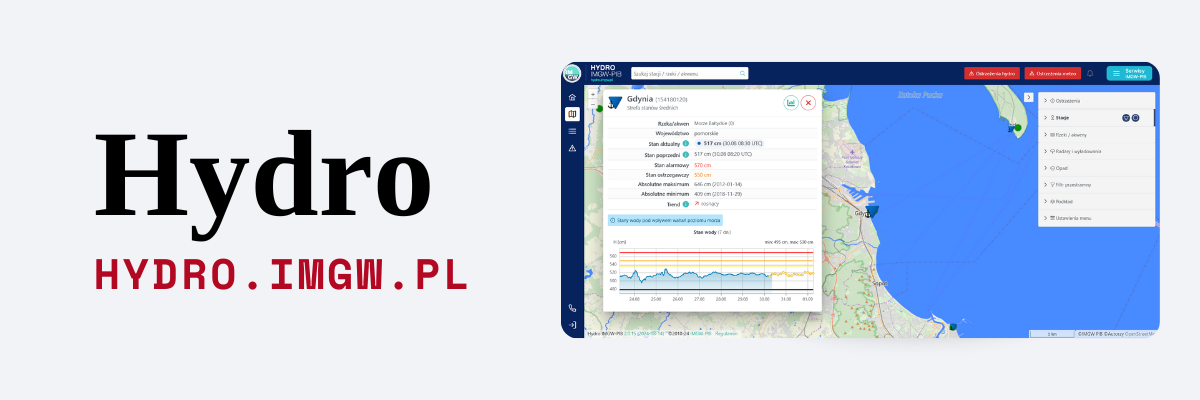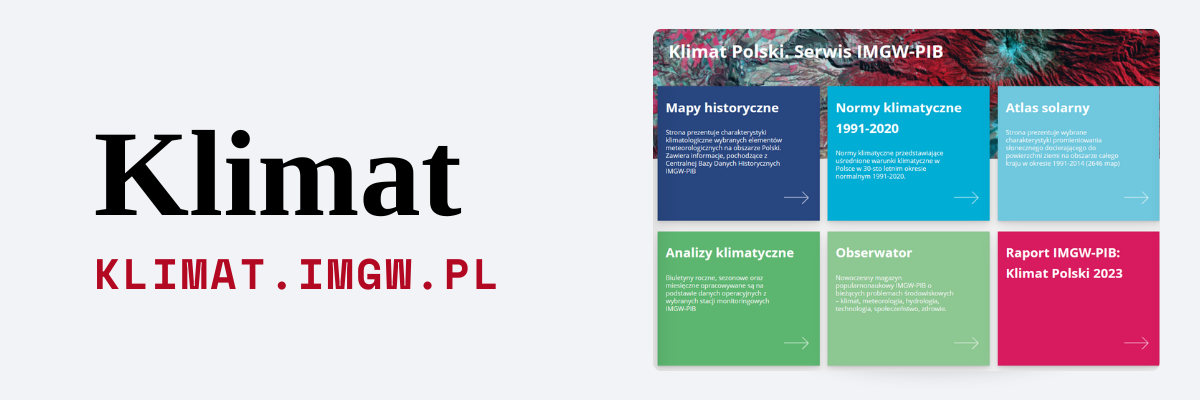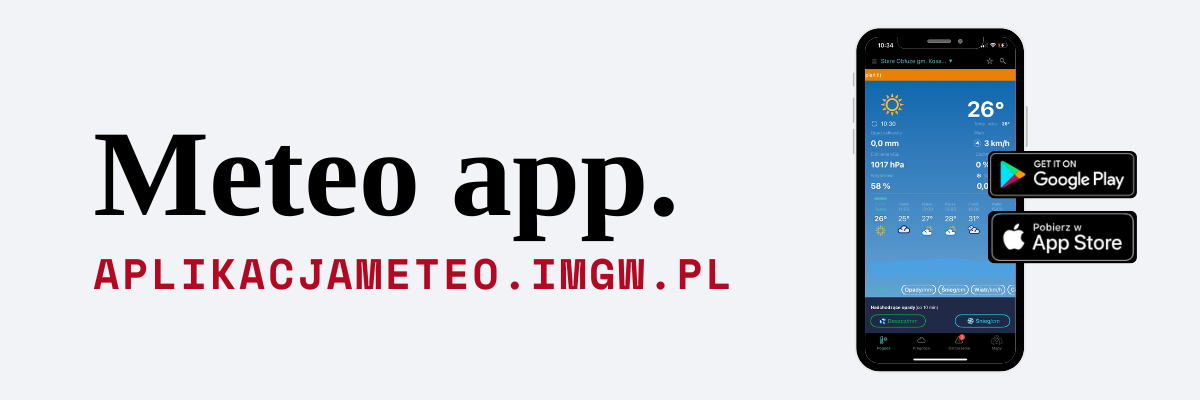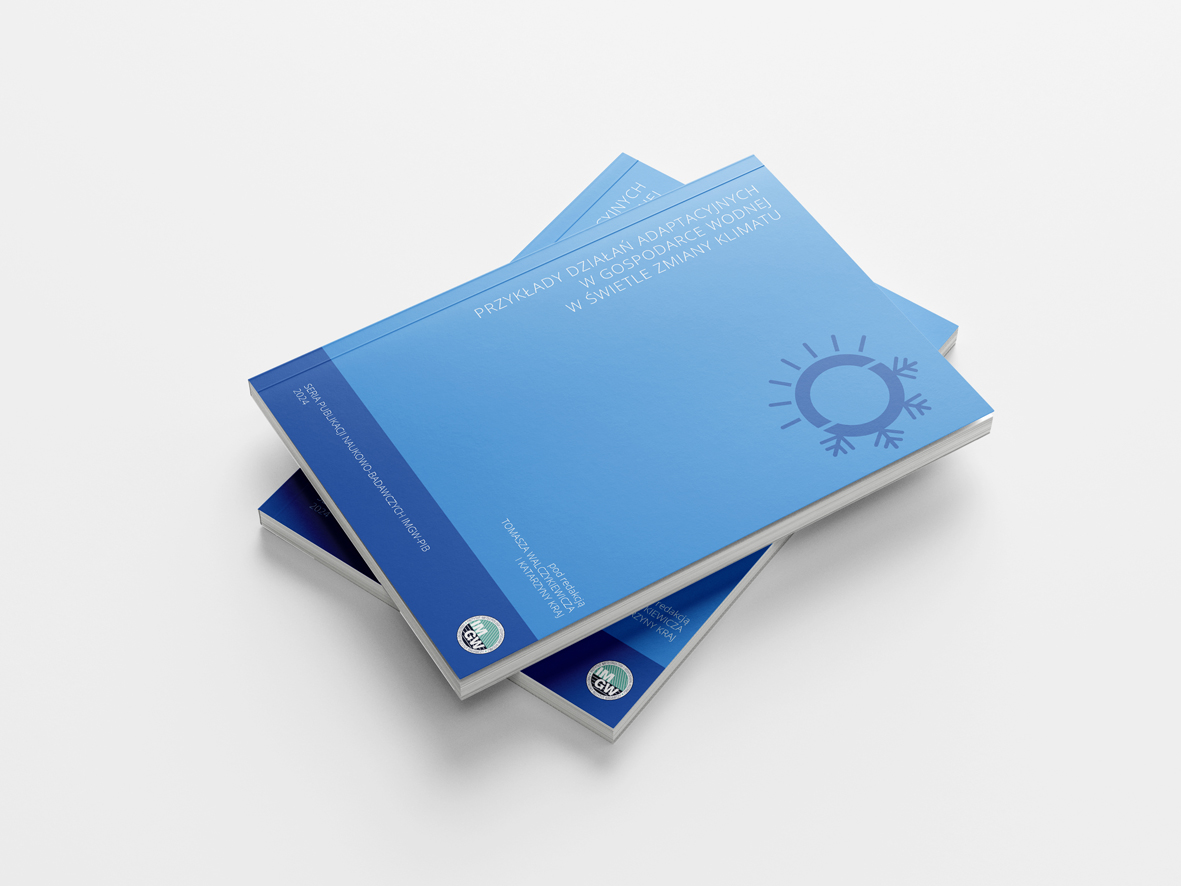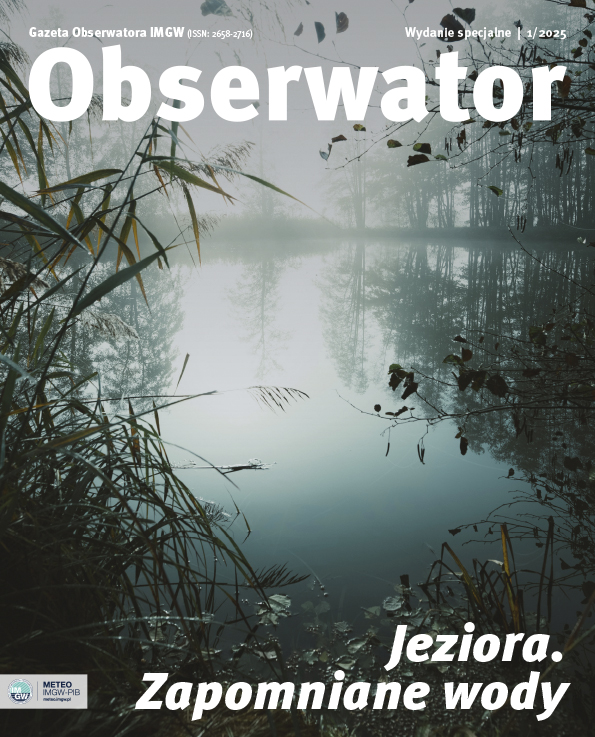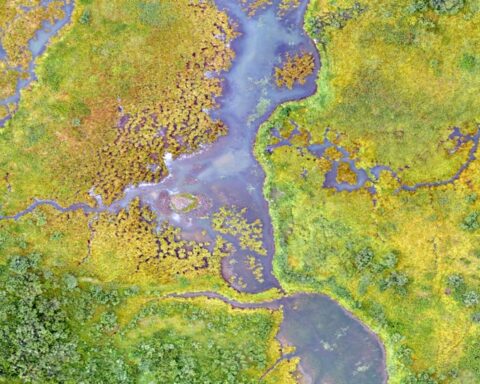The dynamic development of modern cities means that we are losing more and more areas that are a place of tranquility and clear skies. The first to draw attention to the problem of „light pollution” were astronomers – both professional and amateur. They noticed that clusters of strong light in the industrialized regions of large cities make it difficult or even impossible for them to observe the night sky. Artificial lighting is also a direct cause of disruption of humans’ and animals’ natural biological clock mechanism. Can light harm us?
AUTHOR: Marek Przyborski, Gdańsk University of Technology, Faculty of Civil Engineering and Environment
Light of anthropogenic origin, which is the cause of the phenomenon of „light pollution”, is an inseparable element of our civilization development. Unfortunately, according to researchers, it has a serious impact on the functioning of the human body, causing, among others, confusion, insomnia, difficulty falling asleep and sleeping through the night, and preventing proper functioning during the day. The result is decreased concentration, reduced productivity at work, and increased stress. Intense artificial light also changes the behavior of wild animals. It makes them difficult to feed, disrupts reproductive cycles, and hinders migration.
As we look at images of the Earth taken from the International Space Station, we realize how vast areas of our planet are very intensely illuminated at night. Artificial light has completely changed human life, freeing it from the natural rhythm of day and night and transforming metropolises into „cities that never sleep”. Unfortunately, in many cases, lighting systems are designed so that the light beam is not directed directly at the object but is dispersed in all directions. This, in turn, leads to huge energy losses. It can therefore be said that light pollution is another civilization waste that indirectly drives the greenhouse effect.

Can the issue be solved? This would require a number of legal, urban, and technological changes and the agreement among many participants in public space. Nevertheless, we can already monitor the development of atmospheric pollution by light sources. For this purpose, widely available websites containing image data of night imagery and images obtained using unmanned vehicles are used. Atmospheric models are the key tools used, for example, in weather modeling. The result of such analysis is an output matrix with the size of the input matrix (i.e. the resolution of the input image), saved as an image in the TIFF format. The obtained values represent the energy flux per unit area of the telescope collected from a unit solid angle.
The graphic below shows how light scatters in the atmosphere at different altitudes from the surface, calculated from a very simple atmosphere model. A relatively small image was processed. To reduce the time of the relatively long calculations, the 0.5 km thick layer of the atmosphere at an altitude of 40 km above sea level was taken into account; 0.1 km was assumed as a step in approximating the propagation function. Moreover, the distance for the propagation of light pollution from 200 km to 80 km was minimized. Additionally, an atmosphere model representing the layer from 1 m to 10 m above sea level was used for the 1m step. It should be noted that the presented results refer to a „slice” of reality because the study did not include light sources outside the analyzed photo. Therefore, pollution values in the areas near the edge are underestimated.
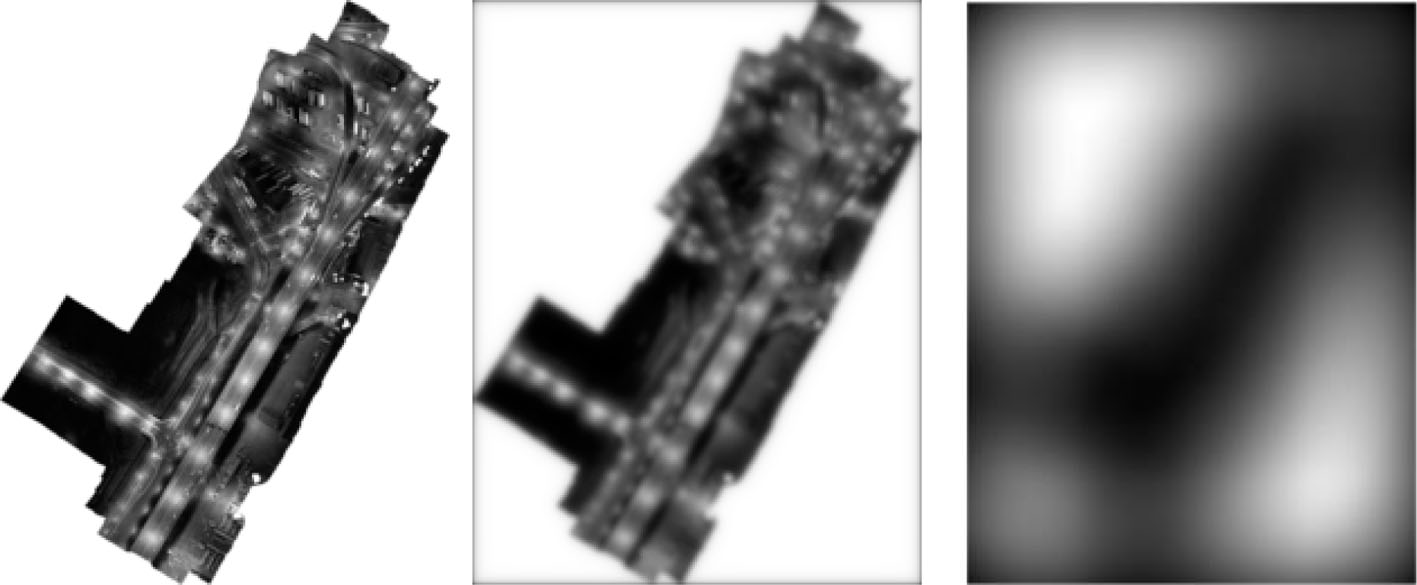
The problem of light pollution is real, and we all suffer its harmful effects. To significantly reduce the intensity of artificial light, fundamental changes to the legal provisions and the development of standards for urban planners, planners, artificial lighting designers, and advertisements are necessary. But each of us can and should reduce the level of light as soon as possible in the environment in which we live and rest. The simplest solution is to darken the rooms so that the street light does not reach the room where we sleep. This will help you significantly improve the quality of your night’s rest. We should also reduce, if possible, the light intensity in our surroundings and share knowledge with others. The widespread awareness of this issue will accelerate the adoption of appropriate legal measures by decision-makers and facilitate the implementation of technical solutions that will include the need to deal with light pollution.
Main photo: Yeshi Kangrang | Unsplash.
MAREK PRZYBORSKI. Professor of the Gdańsk University of Technology. Specialist in the field of remote sensing and short-range photogrammetry. He conducts research on the use of the so-called „High-speed cameras” for the analysis of fast-changing phenomena. Co-author and author of publications dealing with widely understood remote sensing in applications related to construction, transport, environmental engineering and national security. He is the author of numerous publications indexed by the prestigious Web of Science database.

